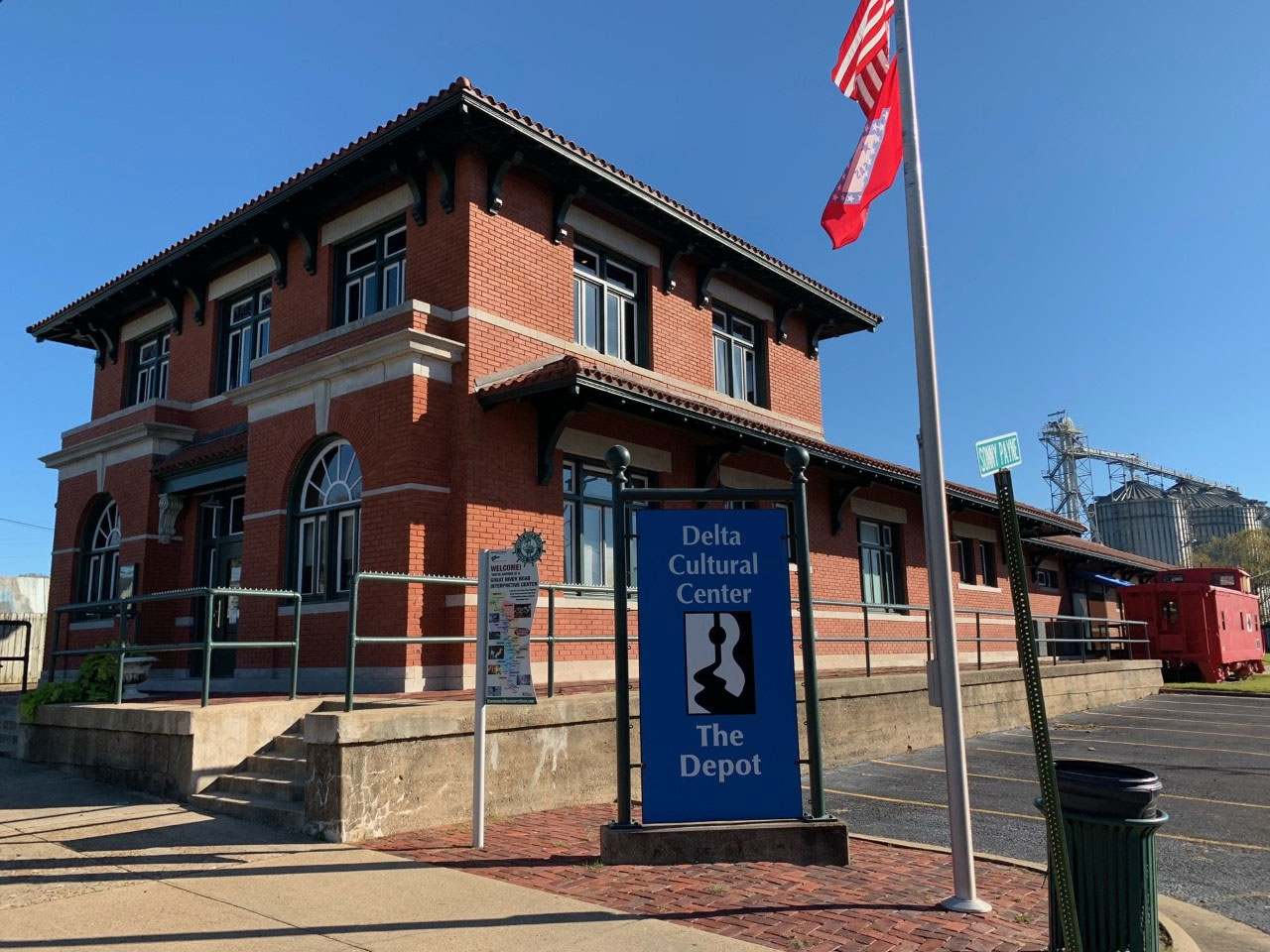
Conflict simmered in Arkansas’s Republican Party in the late 1800s over its hopeless prospects to elect candidates in the impregnably Democratic state. During this period, Arkansas Republicans divided into two factions regarding racial prejudice — the Black and Tans who sought to maintain the party’s biracial character, and the Lily Whites who were dedicated to disavow and eventually rid the party of its historical association with the state’s African American populace.
By 1914, the Lily White Republicans outnumbered the Black and Tans in Arkansas and elected these leaders as party executives who are depicted in the above portraits (Wallace Townsend, George Mallory, Augustus Remmel and Gordon Campbell). They acted vigorously to deny their now almost entirely African American opponents even a token role in the party.
On Apr. 28, 1920 at the state Republican Convention at the Kempner Theater in Little Rock, the presiding Lily White delegates once again moved to invalidate much of the Black and Tan representation in an initial vote. During this incident, delegate Elias Camp Morris of Helena (seen on the right forefront) stood and declared, “We refuse to vote!” and proceeded to walk out. Immediately, all 50 Black delegates and several white delegates followed him. These delegates convened a separate state party convention in protest at the nearby Mosaic Temple Theater.
The additional four men in the portraits (Scipio Jones, Josiah Blount, Wallace Purifoy and John McConico) took charge as leaders. They nominated Blount as the Republican gubernatorial candidate. Though forced to register as an Independent and despite his expected loss, he campaigned and mustered the most successful electoral outcome for an African American gubernatorial candidate until the election of Virginia’s Douglas Wilder in 1989.
Delta Cultural Center curator Drew Ulrich commissioned Arkansas artist Danny Broadway to recreate this dramatic incident on canvas of which no photos or sketches exist.
ABOUT THE MUSEUM

The Delta Cultural Center opened in 1990 with a single property, The Depot, to serve as a museum. Today the Delta Cultural Center is made up of a complex of historic buildings, new structures and landscaped parks. Each site allows the center to expand its mission and provide interpretive and educational experiences. The center’s mission is to research, document, collect, interpret and present the heritage of the people of the Arkansas Delta. Admission is free and the center is open from 9 a.m. to 5 p.m. Tuesday through Saturday.

